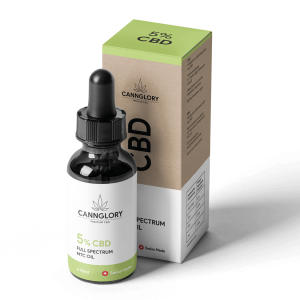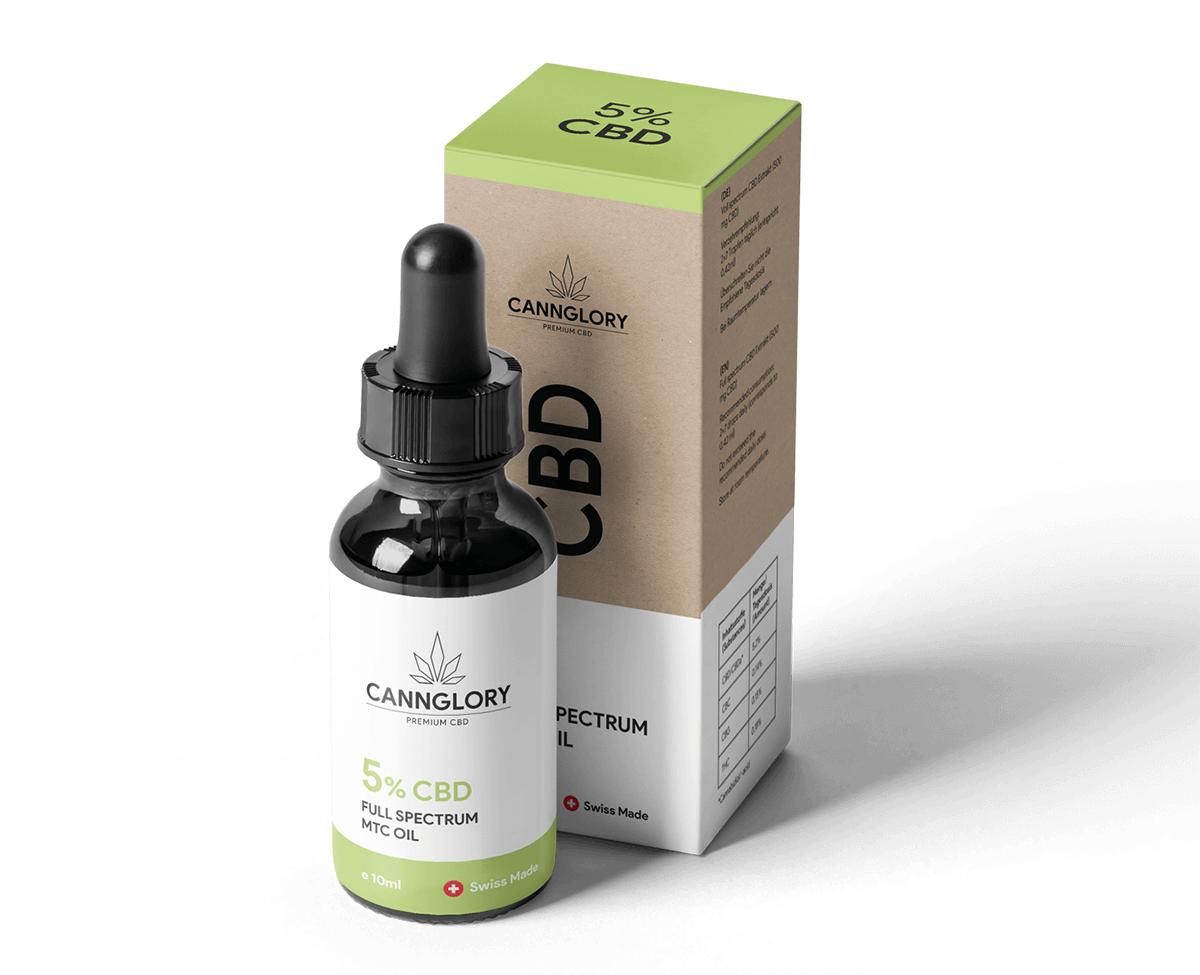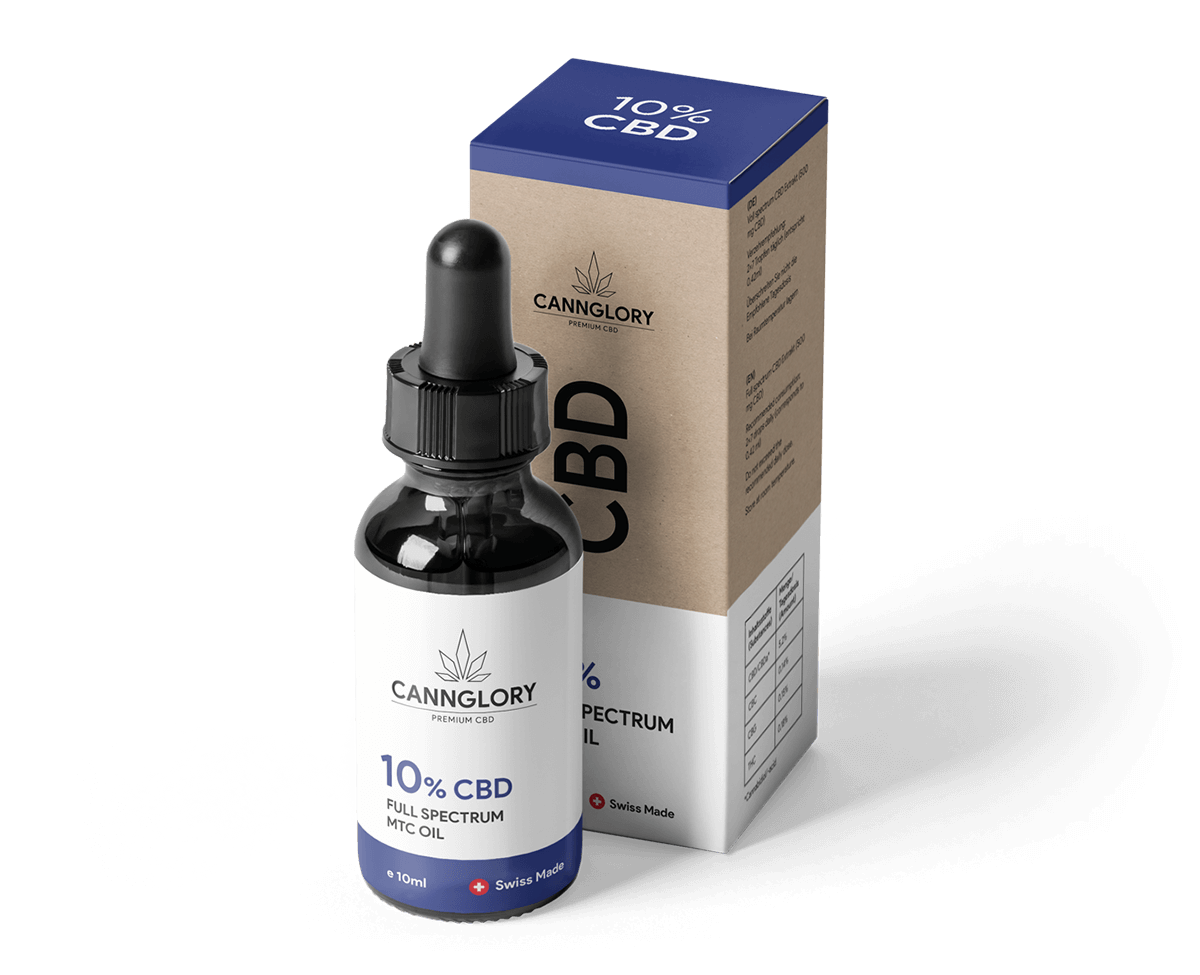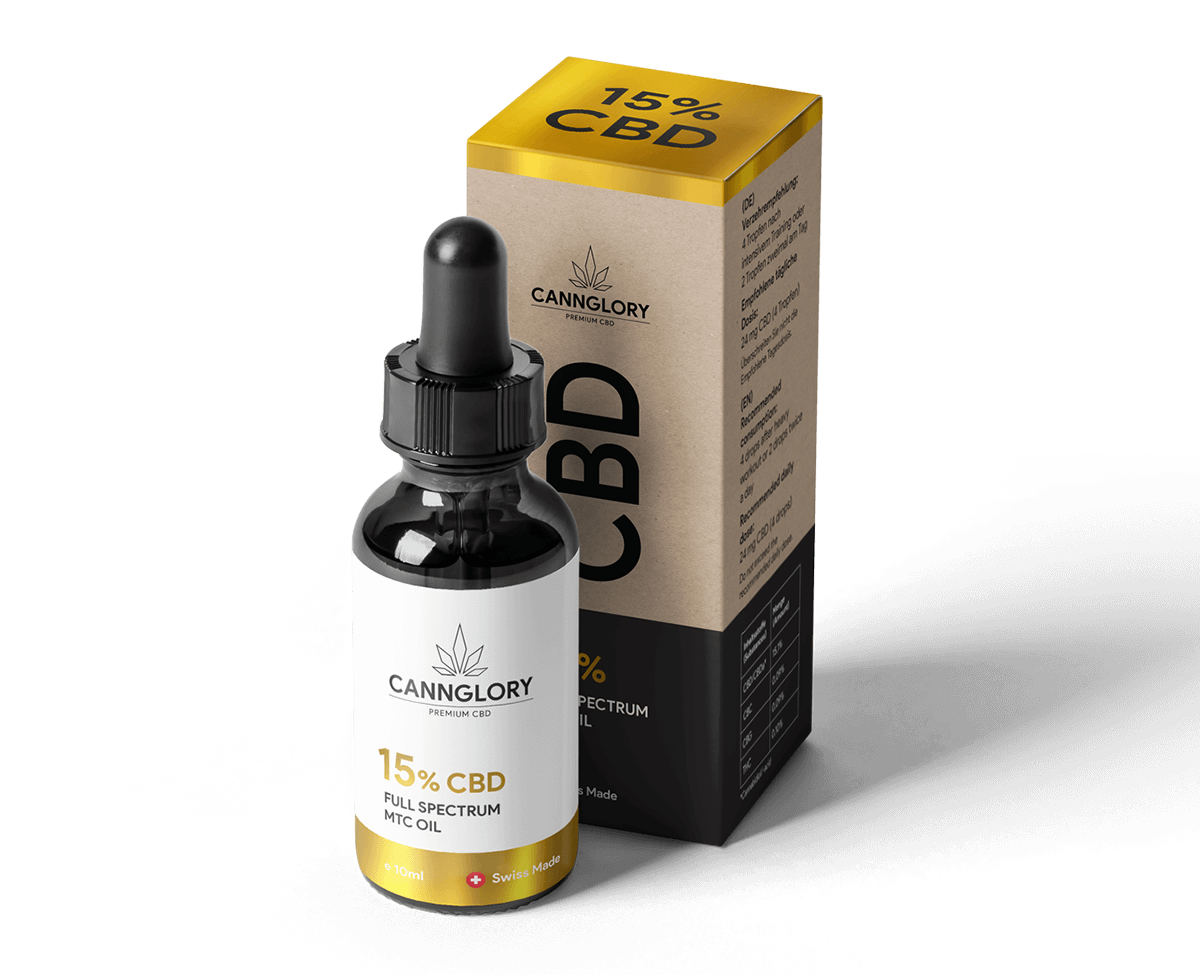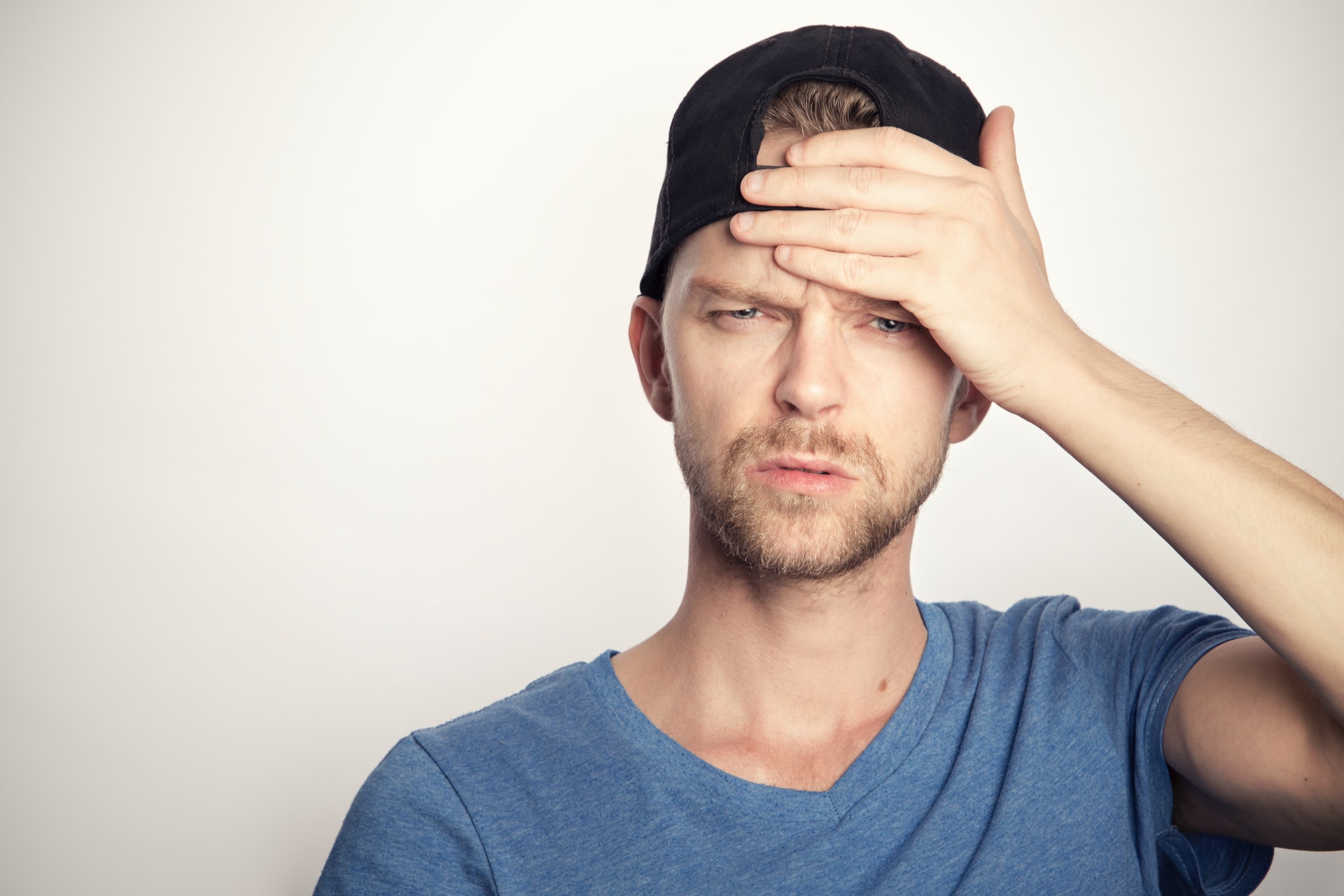
What is a headache and migraine?
- Symptoms of headache
- Symptoms of migraines
- Causes of headache
- Causes of migraines
- Forms of headache
- Forms of migraine
- Treatment of headaches
- Treatment of migraines
- FAQ about CBD
- Side effects
This is one of the most frustrating health problems, not just of our time. Most forms of it can be solved with the right medication or rest and will disappear within a few hours, but a headache can be a symptom of something much more serious. The international classification even records 150 different types that the human body can experience. Are you suffering from a severe headache or have you had a stabbing headache during the day? It is quite likely that a migraine is to blame.
Symptoms of headache
This unpleasant moment can last for a few minutes or even a few days. However, there are a number of types of headache, according to which we distinguish the symptoms of a headache itself. However, if one of these occurs, it is advisable to seek medical attention:
- Severe pain associated with weakness, double vision, confusion or unconsciousness
- Sudden or severe pain associated with fever, stiff steps, vomiting or nausea
- Headache after injury to this part of the body
- Pain that changes symptoms, persistent or frequent pain
- Pain with loss of sensation in other parts of the body or weakness
- Recurrent pain in children
- Pain associated with shortness of breath
- Pain associated with cramps
- Double or blurred vision, partial loss of vision or other visual disturbances
- Weakness or numbness, including trouble walking or slurred speech
- Unconsciousness, confusion or convulsions



Up to 78% of Europeans experience bilateral pressure headaches at least once in their lifetime. This dull, unpleasant sensation is also called a tension headache. It is caused by muscle tension, especially in the shoulders and neck. This is often associated with poor posture, unilateral strain on the back muscles (sedentary work), lack of sleep, emotional stress or fear or anxiety. All of this increases muscle tension and if this repeats, the pain centres in the brain are activated. The body does not control the processing of pain due to increased sensitivity and these painful stimuli are created. Episodes of pain last from half an hour to several days. These are accompanied by pressure on the head coming from outside. They start in the neck and then move to the skull and manifests itself in both parts of the head. In contrast to a migraine, physical activity is possible and even recommended.
Headache and nausea
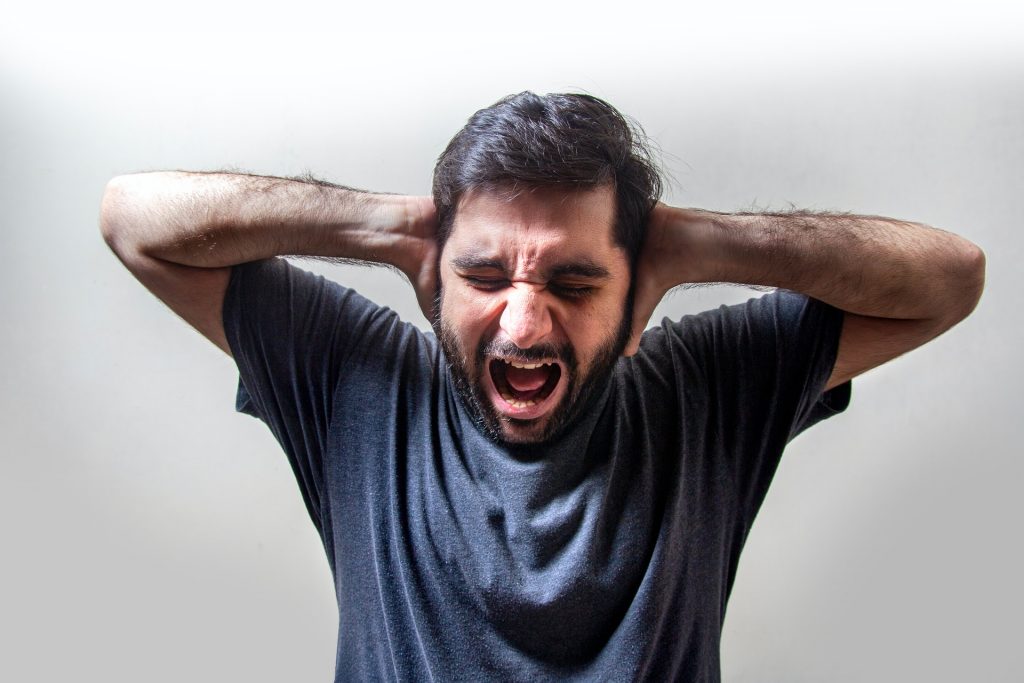
The association of headache and nausea is also very common. It regularly occurs along with other symptoms in a migraine. However, low sugar levels or dehydration can also be a cause. Blood sugar deficiency is sometimes caused by excessive alcohol intake, liver and kidney problems, hormone deficiency or other health side effects.
Diagnoses and causes
Diagnoses and causes that lead to headaches with nausea:
- angina
- early pregnancy
- anxiety and stress
- streptococcal inflammation
- SARS
- polio
- liver problems
- menstruation
- food poisoning
- food allergy
- malaria
- lung disease
- postural dizziness
- carbon monoxide poisoning
- high blood pressure
- gliomas
- traumatic head injury (concussion)
- meningitis
- brain haemorrhage
- hepatitis A
- yellow fever
- colds
- poisoning
- endometriosis
- Ebola
- diabetes
- skull fracture
- anthrax poisoning
- acoustic neuroma

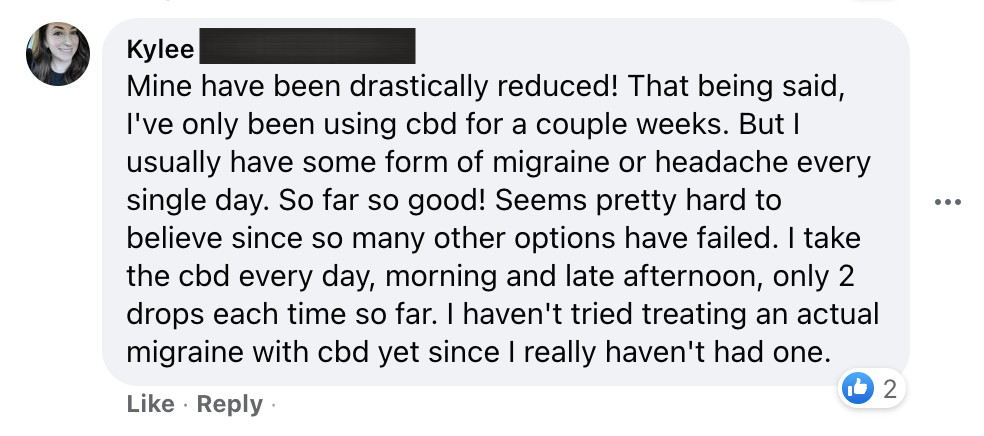
Headache symptoms with nausea, when you should see a doctor:
- balance problems
- speech disorders
- dizziness
- stiff neck accompanied by fever
- gagging lasting more than 24 hours
- inability to urinate for more than eight hours
- unconsciousness
- balance disorders
-
CBD Oil 5% Full SpectrumProduct on sale15,90 €
-
CBD Oil 10% Full SpectrumProduct on sale39,90 €
-
CBD Oil 15% Full SpectrumProduct on sale54,90 €
Symptoms of migraines
With a migraine, we’re not just talking about a classic headache. Migraine symptoms are different. They are accompanied by sensitivity to smells, light, noise or sound. Most often we feel nausea and pain in the eye. It is an intense unilateral headache (frequent pounding sensation – throbbing headache). According to the symptoms, we divide it into those with or without aura. A migraine without aura occurs in four out of five cases. The second case is sometimes called a classic migraine. The patient experiences stronger symptoms and they appear even before the headache (hence the name “with aura”). This migraine manifests itself in 4 ways.
The sensitized form of aura results in a tingling in the patient, most often in the mouth area and on the hands. Problems are also felt on the tongue, which is why it can sometimes manifest itself like a stroke. Fortunately, the numbness is only temporary and the symptoms disappear within twenty to thirty minutes. However, this does not mean the end of the person’s suffering. This is because a severe headache develops on the opposite side of the body from before.
Duration of the form of migraines and headaches
| Form | Duration |
| General headache | Minutes – a couple of days |
| Bilateral pressure headache | half an hour – several days |
| Mirgenosis | 20 minutes |
| Cluster headache | 15 minutes – 3 hours |
| Headache after sex | minutes – hours |
| Migraines without aura | 4 – 72 hours |
Visual form of an aura (mirgenous)
We also notice changes in the body even before the headache. The person observes sparkles, zigzag patterns, shimmering shapes and points or an approaching shiny point. These states last for 20 minutes. In other cases, there are outages in the field of view. It may happen that the patient is unable to notice part of his/her surroundings, text, image. These are replaced by dark spots. In some cases, loss of half of an image appears, in rare cases even bilateral blindness occurs. Therefore, the person begins to feel panic, thus only aggravating the migraine. The best weapon is to remain calm and wait a few minutes for the end of the aura, which will certainly not have long-term consequences.
Speech form
The speech form is rare, but extremely unpleasant. The patient has speech problems or even loses the ability to speak. He/she does not remember specific phrases or cannot pronounce them. This is associated with impaired writing or reading. After these symptoms, a headache occurs.
Motor form
The motor form also does not occur very often. There is a short-term paralysis of half of the body.
In a migraine without aura, in addition to the headache itself, there may also be intolerance to noise, light or more pronounced tactile and olfactory sensations. Symptoms include sweating, trembling, drowsiness, dizziness, frequent urination, diarrhoea, feeling short of air, dry mouth, palpitations or slow thinking.
What causes a headache?

The causes of this painful conditions are manifold. They can be divided into orthopaedic, neurological, endocrine, intensivist or psychiatric. Alcohol also often causes headaches. It increases cellular osmosis, where water is drawn into the cells, which increases their volume. The problem is that this also happens with brain cells and the development of disproportionate pressure in the cranial cavity, to which the body responds by sending pain signals. With tension headaches, stress is the most common trigger. The latter affects most cases. The psyche plays an important role. The increased tension of the facial muscles that causes headaches are accompanied by anxiety, fatigue or internal tension.
Computer vision syndrome
A very unpleasant eye disease associated with headaches can be caused by working with a computer or television screen. Although it is a relatively young disease, digital eye fatigue affects a great number of people nowadays. Computer vision syndrome (alternative name) is most often caused by an inappropriate working distance from the screen, poor lighting intensity in the room, poor positioning of the computer in relation to the reflection of light (insufficient vision of what is happening on the monitor) or incorrect seating.
These factors negatively affect a person’s vision and he/she experiences:
- eye pain
- burning eyes
- dry eyes
- watery eyes
- fatigue
- problems with focusing
- blurred vision.
In addition to headaches and eye pain, symptoms such as pain in the arms, shoulders and cervical spine often occur. You can prevent digital eye fatigue and the resulting headaches with a few simple steps. It is advisable to work at an ideal distance from the monitor and to take care of proper lighting of the room. It is important to take regular breaks while working on the computer and to maintain the viewing of other electronic devices to a minimum in your free time.



Hormone fluctuations
Hormone fluctuations in women also cause headaches (hormonal headaches). They occur in periods when their levels vary and hormonal imbalances occur, often as a result of pregnancy; menopause and hormonal fluctuations during the menstrual cycle are also known to occur. Birth control pills can also cause problems.
Meteosensitivity
Meteosensitivity, the body’s less flexible response to weather changes, is also a well-known term. This is triggered by advancing age and disease, an unhealthy lifestyle or an innate or acquired disposition. In addition to headaches, people complain of dizziness, nausea, impaired breathing, fatigue, depressive states, a decline in performance, difficulty concentrating and sleep disturbances.
Headache after exercise
A headache after exercise (most often weightlifting, swimming, tennis, rowing, running) is often harmless. We prevent this by using a suitable preparation. This condition is manifested by throbbing pain on both sides of the head. The cause tends to be the stretching of the blood vessels in the brain – Secondary pains are more dangerous, which may be a symptom of another disease.
Frequently asked questions about CBD
What causes a migraine?
This disease is characterised by recurrent attacks of headache accompanied by other symptoms such as sensitivity to sounds and smells, vomiting or nausea. It is provoked by the excessive constriction of the choroid in the region of the visual centre. However, the pain comes in waves in the second phase and most often affects only one half of the head. Up to 15% of women and 7% of men suffer from migraines. Problems also occur in children. Migraines also appears in pregnancy (first trimester). Unfortunately, what triggers a migraine is not fully understood by scientists. But there are several of migraines, according to them.
Stress
One of the most common triggers is stress. A migraine is a reaction of the nervous system to a large number of mental and physical stimuli. According to the American Headache Society, up to 80% of patients demonstrate a significant association between migraine and daily stress. This condition is caused by specific chemicals in the brain and their volatility. This is mainly serotonin, which regulates pain. This is such a strong hit to the body that migraine symptoms can appear days after the nervous strain. This occurs even in cases where the stress drops significantly from day to day. It is relaxation after intense stress that acts a strong trigger for this disease. That is why we do not feel the headache while packing or travelling, but only on the holiday itself, or not at work, but only at the weekend. Under stress, the body is in battle mode and releases glucocorticoids to make the pain go away. After the stress subsides, their level decreases and the problem arises.
Hormonal disorder
One trigger is also a hormonal disorder or hormone fluctuations in women, for example during menstruation. According to humoral theory, serotonin is considered to be the main humoral factor. Before a migraine attack, a person has too little serotonin. After some time, painful conditions and the excessive excretion of 5-HIAA in the urine arise. And here, on the contrary, there is a condition where we have too little serotonin. As with classic headaches, migraine headaches are a serious weather change to be reckoned with.
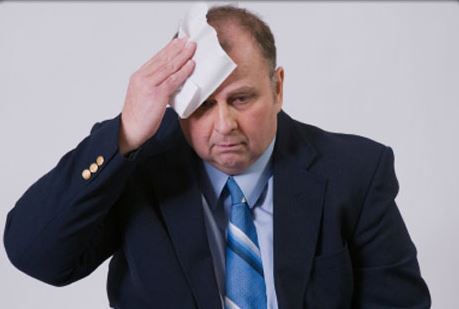
Forms of headache
If this condition is caused physiologically by psychological tension, stress or increased physical exertion, it is not classified as a disease and it is a short-term condition. A permanent headache is already a bigger problem. However, they have no basis in brain damage or in the area where the headache is dangerous or other structural defect. This is therefore a primary form of headache. However, if they are accompanied by other illnesses (their symptom), they may signify a more significant health problem (secondary – symptomatic). However, we do not include a migraine here, for example. Headaches are also common in childhood, more common in boys before puberty (hormonal changes). Between the ages of 6 and 15, up to 78% of people experience pain.
Primary forms
Out of the primary forms, we know a tension headache, for example. It is the second-most common after migraine. An episodic (hours to a week) and chronic headache (more than 7 days) will arise. The headache manifests itself as bilateral and diffuse with mild to moderate intensity (blunt and with pressure). Pain at the top of the head and a headache in the forehead are very common (cap form). The person feels pinching and pressure. Pain in the back of the head possesses the highest intensity. Stiffening of the neck muscles also occurs. Additional symptoms are rare.


Cluster headache
A cluster headache (Hermicrania angioparalytica, Bing-Horton’s) occurs acutely. We experience it with high intensity (people describe it as harsh, grating, sharp). It lasts from a quarter of an hour to three hours and is repeated 1 to 8 times over a 24-hour period. It most often occurs at night. However, it is a pain on one side of the head, possibly behind the eye. The pain worsens when the person is lying down and is caused, for example, by stress or alcohol. Accompanying symptoms are the limitation of daily activities, sweating of the face and forehead, rhinorrhea, the swelling of the nasal mucosa, the narrowing of the pupil, the swelling of the eyelid, tearing or redness of the conjunctiva.
Chronic daily headache

Chronic daily headache persists every day and its attacks alternate with better periods of lower intensity. The headache arises mainly during depression and neuroses, the long-term use of drugs (including addiction) for pain, long-term psychological burden or stress. Hormonal changes during menopause are also a problem.
Headache after sex
Headaches after sex and physical activity are due to its provocative nature (often during and after orgasm). It occurs in the head, forehead and nape of the neck. The headache can take minutes or hours. If it appears for the first time, secondary causes such as sulbarachnoid haemorrhage and cerebral haemorrhage must be excluded.
Secondary headache
The causes of a secondary headache can be:
- post-traumatic pain
- cerebrovascular disease
- brain infection
- brain tumour
- hypertension
- headache and cervical spine pain
- carbon monoxide and carbon dioxide poisoning
- “hangovers”
- glaucoma
- sleep apnea
- hormonal changes
- sreritis
- temporalis
- neuralgia
- temporomandibular joint disorders and toothache
- sinusitis
- carotid artery diseases
- aortic diseases
Forms of migraine

We distinguish the forms of this health problem according to the symptoms that appear. According to international classification, the main types are the following:
- migraine with or without aura
- ophthalmoplegic migraine
- retinal migraine
- periodic symptoms in childhood as a precursor to migraine
However, there are other more specific forms. A long-lasting chronic migraine is very unpleasant.
Migraine without aura
A migraine without aura is the most commonly occurring. Symptoms escalate slowly and pain appears unilaterally (lasting 4 to 72 hours). Accompanying phenomena include nausea, sensitivity to light and noise. Persons tend to stay in darkened and quiet environments. In addition to these symptoms, a migraine with aura (migraine accompagné) is accompanied by neurological symptoms such as speech, perception and vision disorders or paralysis (lasting less than an hour). A special case is familial hemiplegic migraine. It is a rare autosomal dominant hereditary disorder classified as a type 1 migraine with aura. A specific type of migraine, migraine basilaris, is seen in young women and includes tinnitus, dizziness, perceptual disturbances in the face and hands, and unsteadiness in walking. An ophthalmic migraine is manifested on the retina of the eye (ocular migraine) and arises with the perception of visual stimuli.
Vestibular migraine
A vestibular migraine arises in periodic vertigo (dizziness). The cause must be sought in the blood vessels, the inner ear and the nerves. Vestibular seizures occur in up to 40% of migraines. The vestibular system consists of several sensory organs responsible for perceiving body position and controlling balance. If they are negatively affected, the body sends bad information to the brain and lethargy, feelings of instability, dizziness or vertigo setting in. Other symptoms include visual disturbances (blurred vision, tingling in front of the eyes), temporary or complete loss of vision, tinnitus, a feeling of pressure in the ear or head, pain in the neck or discomfort when moving around.
What to take for a headache?
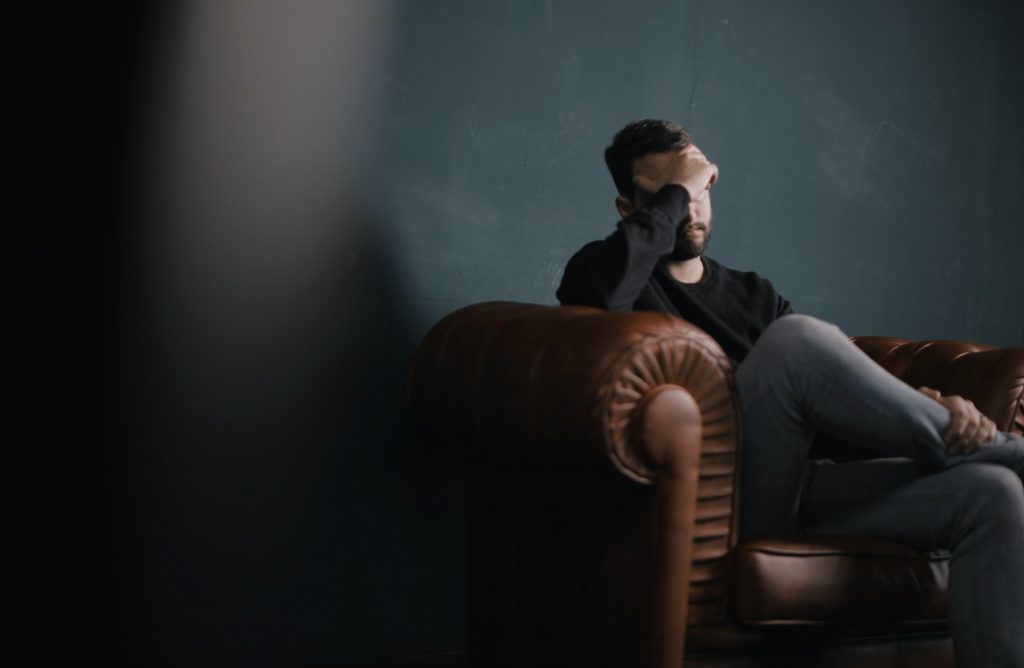
There are a number of medications available for headaches, but several of them can result in unpleasant side effects for the user. So you can also replace headache pills with something else. A very good step is to improve your lifestyle. Better seating at the computer or appropriate lighting when working can help. Avoid looking at other electronic devices and instead include more physical activities in your daily schedule. Remember to maintain to a drinking regime, but avoid alcoholic drinks. Getting enough quality sleep is also priceless. For children, be aware that tablets also have a significant correlation with headaches.
A big trend today is home remedies for headaches. These conventional methods are not tied to a prescription. However, since 1985, scientists have also been looking into the connection between CBD and headaches. This substance inhibits the release of serotonin, which helps to dampen the body’s signals that send pain impulses. The most popular products containing these substances is CBD oil for headaches or other mental and physical health problems.


What to take for a migraine?
The treatment of a migraine is primarily to eliminate the headache, followed by other accompanying symptoms. Anti-migraine medication is most often classified as a triptan; with higher pain intensity we use antidepressants or antiepileptics. However, this is a long haul treatment, which a diagnosis report will help speed up. This should include the history, clinical examination, CT, EEG, X-ray of the cervical spine or eye examination. Treatment is divided into symptomatic (non-steroidal anti-inflammatory drugs stabilizing proteins, inhibiting pro-staglandins and blocking the occurrence of neurogenic inflammation) and prophylactic (complete elimination of seizures and their symptoms, but so far these drugs work only 50% of the time). Psychotherapy or home remedies for migraines are also possible.


Among the home remedies for migraine, we can include the one that contains cannabidiol. CBD during a migraine prevents the release of serotonin from platelets, which is one of the main causes of seizures. CBD oil for a migraine even contains other beneficial substances that, for example, regulate blood flow to the brain as well as its inflammation, relieves headaches or vascular spasms. CBD fights against migraines via anti-inflammatory mechanisms. These include effects on NF-kB or adenosine, thus inflammatory channels as primary causes of migraine headaches. In the case of relieving vascular spasms, the positive effect of this substance is to slow down the activity of MMDA (when it gets out of control, the nerves controlling the vascular system in the brain are struck by spasms and even lead to hours of pain) through GABA (gamma-aminobutyric acid, which slows down our body and helps us to relax) and stop the spasms of the arterial system.
Side effects of CBD
Products made with CBD have very few proven side effects, and most are minor. These can include:
- Dry mouth
- Low blood pressure
- Drowsiness
- Sleepiness

